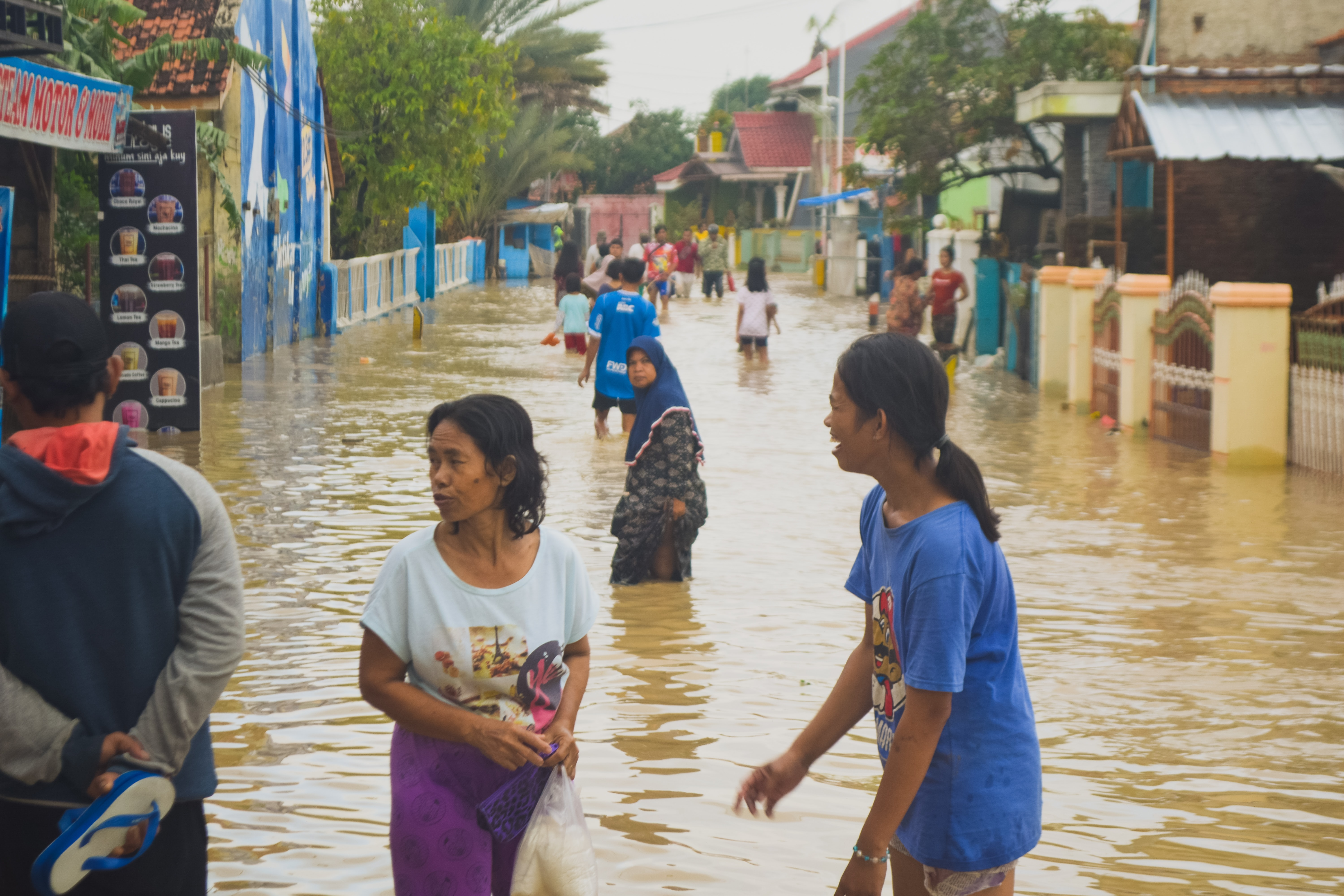Flood disasters are expected to increase because of the climate change-related sea level rise. While impacts on regional and local scales may vary, mapping that variation is critical for understanding the risks our preparedness to tackle them. The historical and contemporary data show that ordinary hazards often turn into monsters because of poverty and unpreparedness.
Views 2522
Reading time 4 min
published on Jul 17, 2023
Historical and contemporary data show that ordinary hazards turn into disasters in poor and less prepared nations. It is true of earthquakes, floods, volcanic eruptions etc. Examples include the more than 80,000 deaths resulting from the magnitude 7.6 earthquake in Muzaffarabad, Pakistan in 2005, and now flood disaster in August-September 2022 in the same country has caused loss of more than 1100 lives and billions in economic and non-economic losses. The ongoing and expected crisis related to climate change will follow the same path, which could metamorphose into large-scale devastation in unprepared- and/or impoverished nations of the developing world. Recent research has demonstrated the scale of destruction that can be expected from the rising sea level (coupled with local factors such as land subsidence) in the developed and developing countries : it shows a staggering 23% of the world population lives in regions with significant flood risk. Mapping the headcount relatively more prone to substantial flood risks suggests that the highest number of people (668 million) at risk live in East Asia and the Pacific regions. The second highest is estimated for South Asia, where 576 million people are at risk, and two countries, India, and China share the maximum burden of people at risk.
Globally, 89% of people affected by floods (1.61 billion) live in low, and middle-income countries, which suggests that the economic well-being of a nation may be correlated with its preparedness for disasters. Often, these countries are poor because of corruption, political unrest and administrative failures, which is why the losses are merely a reflection of the pre-and-post-disaster response rather than just the sheer damage inflicted by the disastrous event itself. In contrast, populations exposed to flood risks in high-income countries primarily benefit from pre-and-post disaster response and management. For example, the Netherlands shares the world’s highest relative exposure to flood risks, where 58.7% of the population lives in areas highly exposed to flooding. However, the organised flood protection system in the country is prepared to handle the risk associated with a 1-in-10000-year flood. Such a robust flood monitoring system is not in place everywhere, particularly in ill-equipped, poor, and developing nations where flood risks are synonym of poverty. Vietnam, for example, is one of the countries in the developing world that has invested in coastal flood protection systems to protect some 46% of the population that lives in risk zones. The extensive network of sea dikes covers 2600 kilometres, which is more progressive of a development than many countries; however, it is not built to protect from floods that are more severe than 1-in-30-years’ timeline. It, therefore, could endanger a more extensive section of the population in the case of a major flood, which could cause severe problems related to both economic and non-economic loss and damage, as is currently witnessed in Pakistan.
Local factors play a critical role in dictating flood hazards, which include urbanization, topography (low-lying areas versus elevated regions), and populations near water bodies such as rivers, seas, and oceans. For example, the Kashmir basin, located in NW Himalaya, witnessed one of the most devastating floods in 2014 when more than 35% of the valley was under water. It mainly affected the low-lying area of the valley that were near the Jhelum River, being the only river draining the Kashmir basin. The floods devasted the region’s economy by destroying the agricultural land, residential areas and other infrastructures. The schools, offices, and communication infrastructures within the state were limited for months because the road network was submerged and destroyed.
On a global scale, the flood disasters will multiply because many people live in low-lying areas near water bodies such as rivers and seas. Examples include the populations near the river Indus (Pakistan), Nile (Egypt, South Sudan), Brahmaputra (Bangladesh), Irrawaddy (Myanmar), Euphrates and Tigris (Iraq), and Mekong (Cambodia, Laos, Vietnam).
The recent flood disaster in Pakistan was, to a large extent, expected because urbanization has overtaken a significant portion of the more permeable floodplain land of the Indus River and the situation is similar around other rivers. The flood disaster was therefore more manmade than natural.
Climate change-induced flood hazards are expected to intensify, which will be coupled with the increasing risks associated to urbanization around water bodies, especially in the coastal regions of the world. To top it all up, the flood risk distribution disproportionately affects poorer populations, which typically occupy the higher flood risk zones. Despite all this, the risk remains of global occurrence and requires systematic planning to manage and mitigate the impending crisis by aiming at making “living with hazard” a more liveable option.
Original Article:
Rentschler J, Salhab M, Jafino BA. Flood exposure and poverty in 188 countries. Nature Communications 2022; 13: 3527. doi:10.1038/s41467-022-30727-4
 Earth & Space
Earth & Space



